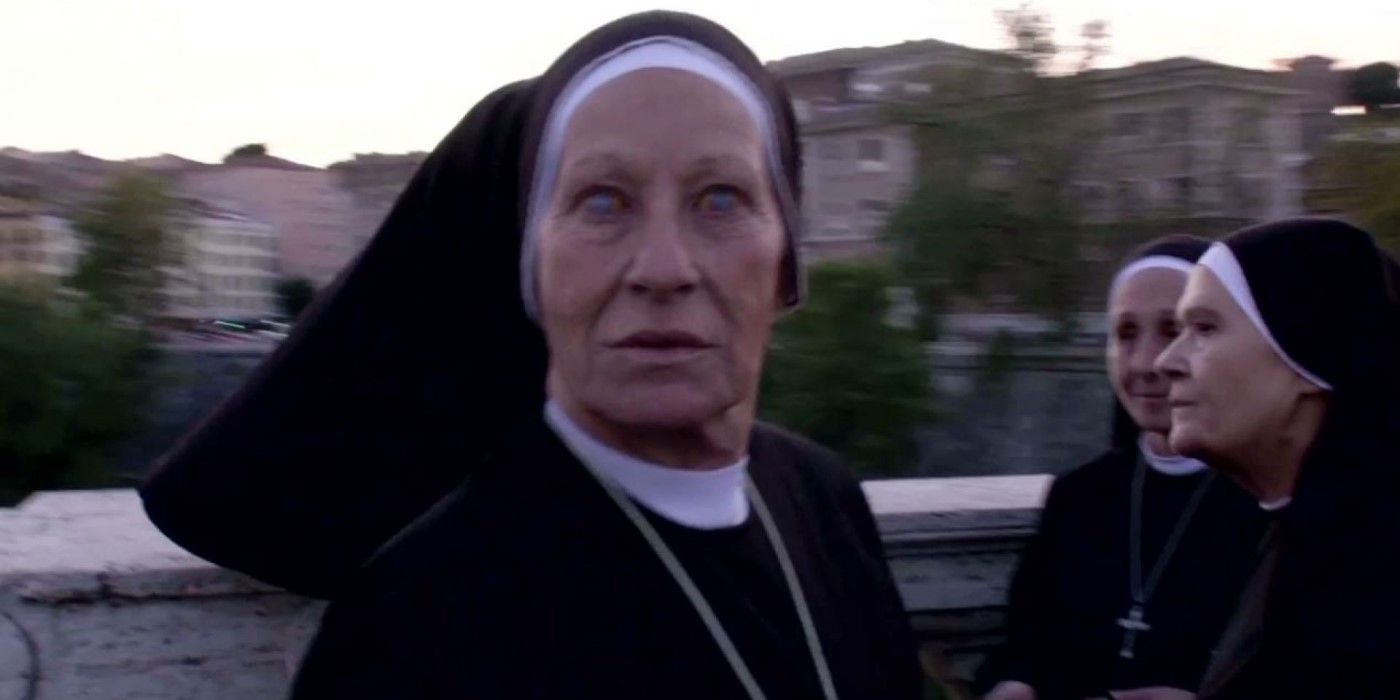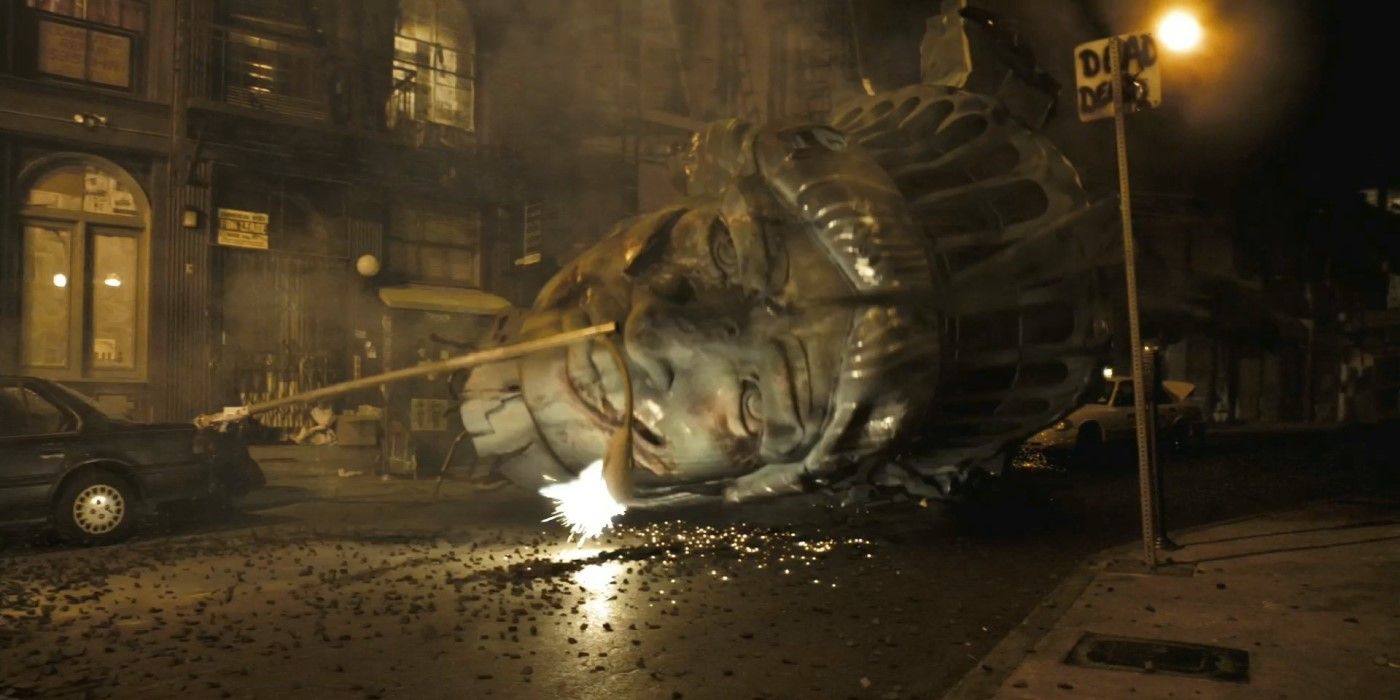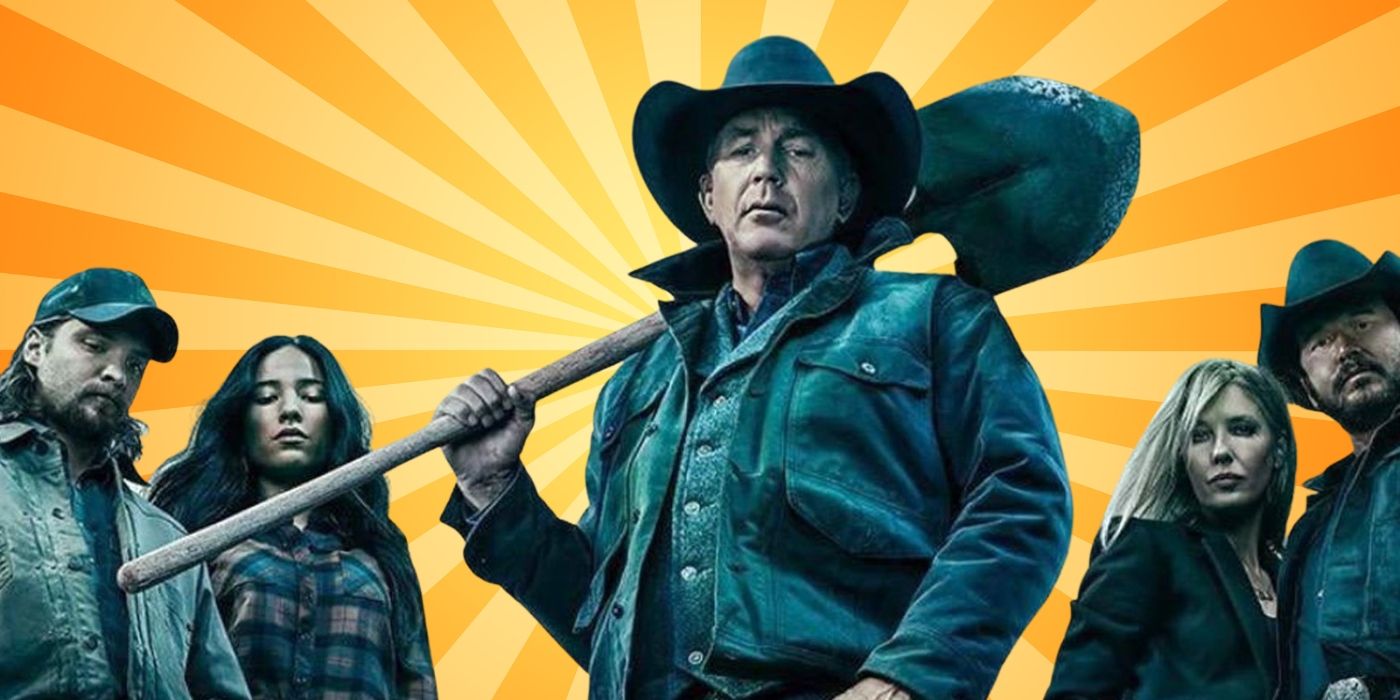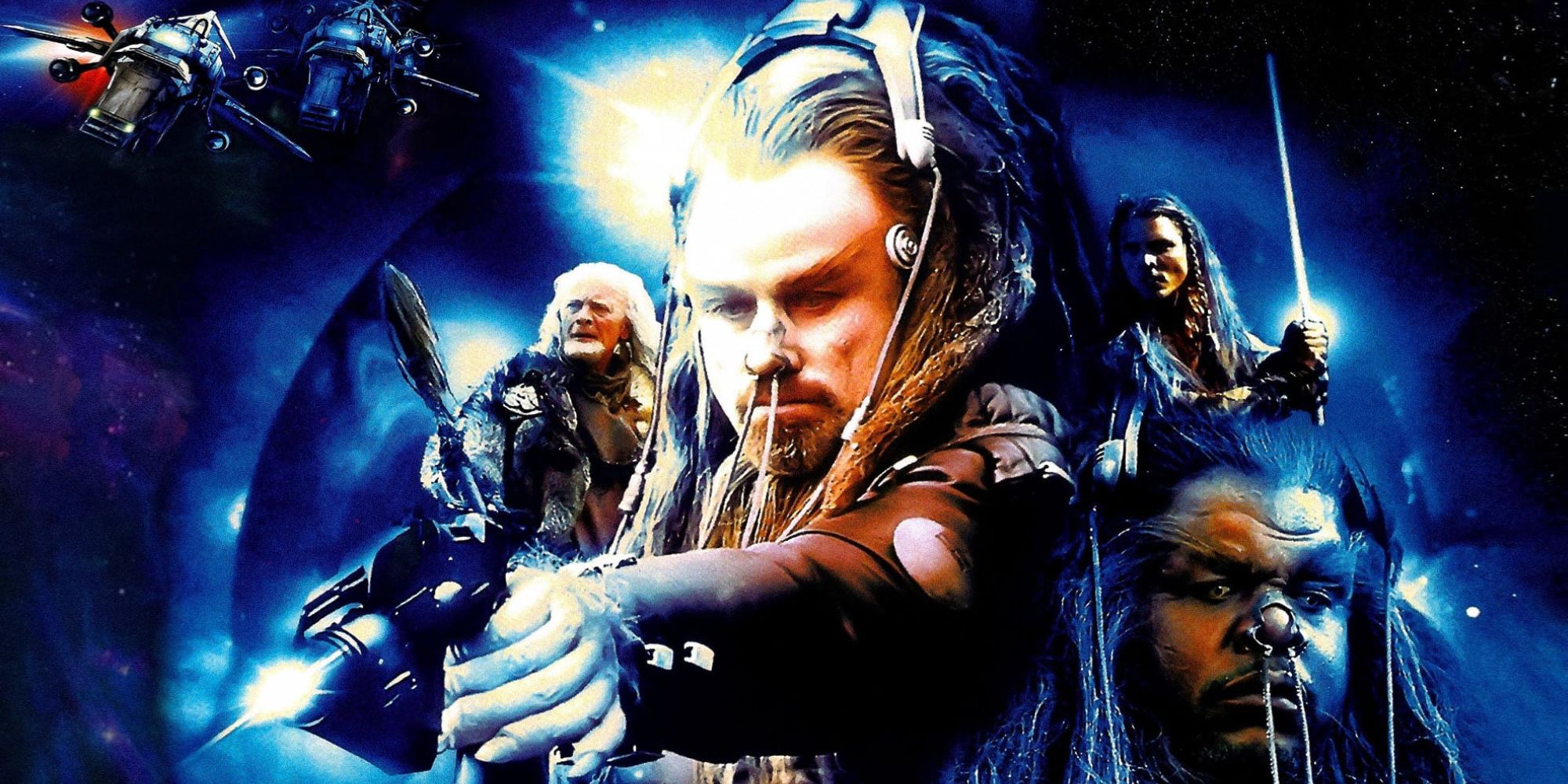The Big Picture
- The Blair Witch Project changed the course of horror by introducing the found footage format, which added a level of realism and personal connection to the story.
- The success of The Blair Witch Project led to an onslaught of lazy found footage clones, leading to oversaturation and diminishing returns for the subgenre.
- Despite its overuse, found footage can still be an effective horror tool when done right, with films like Paranormal Activity and Cloverfield demonstrating its potential for immersive storytelling and genuine scares.
Though the horror genre has been better received in the last few years, thanks to smart films like Hereditary and Midsommar, and the both critical and financial success of surprising releases such as Barbarian and Smile last year, it’s still the genre that gets ripped on more than any other. It used to be so bad that there was a time just a few decades ago when actors only did horror starting out their careers because it was easy and got their name out there. Brad Pitt, George Clooney, and Tom Hanks all show up in ’80s slashers, but it was considered embarrassing, just one step above doing adult films. It’s not slashers that get the worst rap though. They might get dismissed by a portion of the general public, but they will always have their loyal fans. It’s not possession or haunting movies that get dumped on the most either. While there are so many The Exorcist and The Amityville Horror-like ripoffs, every now and then something like Insidious or The Conjuring comes along to spice things up.
It’s found footage films that undoubtedly get the worst rap. Critics and fans alike shrug their shoulders at them, seeing them as cheap and ineffective, just a mess of shaky camerawork and jump scares, with all of them trying to clone the success of The Blair Witch Project. While there are a lot of bad found footage films out there, there are also many great ones that show how the subgenre is not cheap, but a brilliant way of telling a story when done right.
‘The Blair Witch Project’ Changed the Path of Horror
The Blair Witch Project is treated as the first found footage film. It isn’t though. There had been a few others, most notably 1980’s Cannibal Holocaust. While Cannibal Holocaust has its fans, and it was so effective in the use of its format that director Ruggero Deodato had to go to court and prove that he hadn’t just made a snuff film, it didn’t change the course of horror. The 80s were all about slashers, a fad set off in 1978 by John Carpenter‘s Halloween. Michael Myers passed the torch to the likes of Jason Voorhees and Friday the 13th, but it wasn’t long before those movies and every other slasher got a bad rap. They may have made money for a while, but they were dismissed as being nothing more than a guy in a mask killing women and couples having sex before the virginal final girl saved the day. If you weren’t a rabid horror fan, it was all the same and boring.
Just as Halloween came out at the end of one decade and set the course for the next, so did The Blair Witch Project. Coming out in 1999, it was a hit even before anyone saw it thanks to its ingenious marketing campaign, with a website and documentary convincing us that what we were going to see was real. There was greatness behind the plan though. The Blair Witch Project wasn’t just all bark with no bite. It worked on so many levels. The gimmick was first used as set up, with the three doomed heroes seen living their normal lives and interviewing people about the Blair Witch. When the film put its victims in the woods, they weren’t immediately chased by some creature. We got to watch them be people, then get angry and scared when they become lost, before totally losing it when the witch scenes begin.
The Blair Witch Project could have been told through traditional means but found footage added so much. It was that realism that got under our skin. We were watching fully formed characters in their final moments. It was personal in a way that a glossy Hollywood presentation couldn’t have pulled off. We would have just seen actors on a set, safe in the knowledge that they were okay. In the found footage format, we had to live inside the characters. We couldn’t escape and hide. We were them. Though we couldn’t see the horrors that they saw, we still felt their fear. When Book of Shadows: Blair Witch 2 came out a year later, it didn’t just bomb because the story sucked, but because now it was presented as a traditionally filmed movie. The horror was gone from the moment it started.
With the success of The Blair Witch Project, Hollywood saw dollar signs. On a budget of only $60,000, the film made a whopping $248 million worldwide. That kind of profit was unheard of. With how cheaply a found footage film could be made, the 2000s and much of the 2010s became all about the subgenre. Paranormal Activity‘s success in 2007 led to it becoming the Friday the 13th to Blair Witch‘s Halloween, with the franchise pumping out a new sequel every year or two. Some were good, some were forgettable, but as long as they made a profit, which wasn’t difficult to do, they kept coming. Found footage was everywhere. It was so popular that it even crossed beyond the boundaries of horror. 2012’s Chronicle gave us a superhero movie told through the found footage trope. That same year, Project X incorporated found footage for an intense teenage party movie. 2014’s Into the Storm then used that style for a disaster film.
As we reached this decade, found footage was becoming played out in the horror genre. It was all the same. We met some characters, threw them into a terrifying scenario, and had them walk around with a shaky camera screaming at things we couldn’t see, only for a few jump scares to keep us interested, and then everyone died at the end. It was the slasher genre all over again. The last straw may have been 2012’s The Devil Inside. It made an impressive $33.7 million domestically in its opening weekend. Just the idea of a found footage movie brought audiences out, who cared who was in it or what it was about? That way of thinking ended with The Devil Inside. It was atrocious, showing tropes presented in the banalest ways imaginable. After that great opening weekend, fans turned on it. The Devil Inside only made $20 million more after its first three days. The found footage phenomenon in horror was over. It had officially overstayed its welcome.
Though found footage’s chokehold on horror ended a decade ago, there were still plenty of great examples then, and even after, that showed that it doesn’t always deserve the bad rap it gets. Yes, Hollywood was very guilty of overusing the style until it became a watered-down mess, but it still worked when done right. The first Paranormal Activity was a great example of that. Put some cameras in a house haunted by a demon and let the plot go nuts. So much of found footage works best in smaller, contained, more personal stories, like watching three friends together in the woods or a couple in a house. In 2008, that changed with Cloverfield. Here, found footage was used to tell a massive story when a Godzilla-like creature attacks New York City. Filmed in a traditional method, it could have been a fun movie, but it also would have been like so many monster movies we’ve seen before. Cloverfield succeeded by finding a way to combine the smallness of found footage with the largeness of a monster wrecking a city. Rather than focusing on the usual government perspective trope or showing off its monster incessantly, Cloverfield pulled back, focusing on the very human, regular people trying to get away, while we catch glimpses of the monster and its mayhem around them. It was a monster movie turned real, sometimes heartbreakingly so in scenes that brought back memories of 9/11. We weren’t the audience, we were running alongside the characters.
There have been so many smaller found footage films that get it right without becoming big box office successes. The Spanish film Rec in 2007 took us into a zombie-like outbreak through the use of a TV camera. It was absolutely terrifying, like being pushed into a haunted house attraction with frights around every corner. Without this style, we would be simply watching another zombie attack movie. The little-seen The Poughkeepsie Tapes in 2007 took us into the videotapes of a demented serial killer, forcing us to watch his crimes. That disappears and becomes an impossible story with a traditionally filmed approach. Hell House LLC in 2015 gave us the actual haunted house attraction gone wrong. It’s so much more creepy to feel like you’re actually there with everyone else as the entities in the house come to life in search of their prey.
Found footage was once done too much, to the point that it felt lifeless. It was already a style difficult to get right, but the stereotypes it brought on itself only made it harder. The best found footage movies find a way to be more than shaky cams, jump scares, and a deadly end. They seek to pull you in ways that can’t depend on tricking you with stellar cinematography or a chilling score. It has to tell a more fascinating story than a horror movie presented in a regular way. Found footage done right has to scare you by getting in your mind, building suspense by making us imagine the worst, and continuously raising the tension. It’s more intimate, more personal. The best found footage is great art that feels like it’s actually happening. As good as Halloween or The Conjuring are, we know we’re watching a movie. Good found footage messes with our perception of reality. What other genre of horror can do that?






